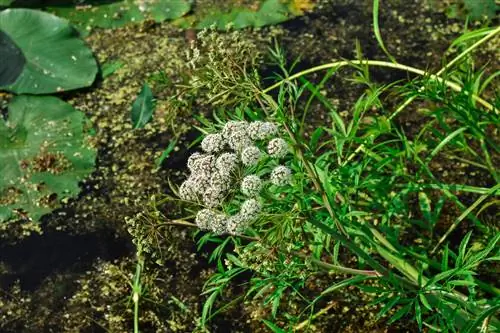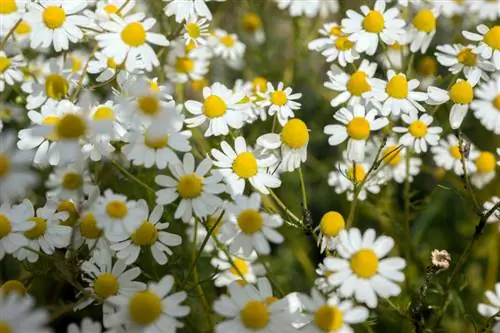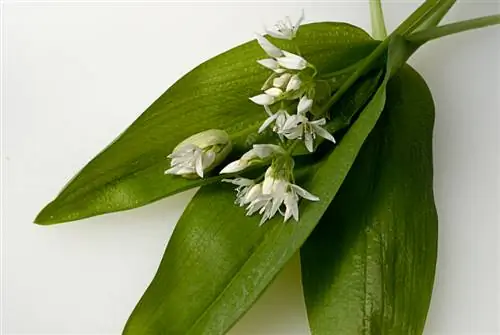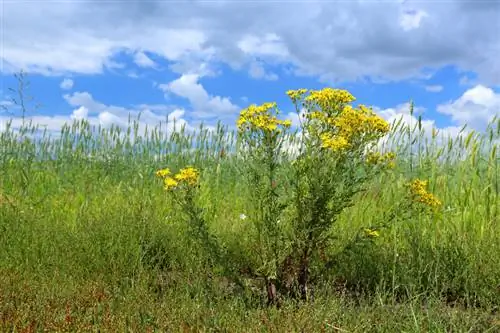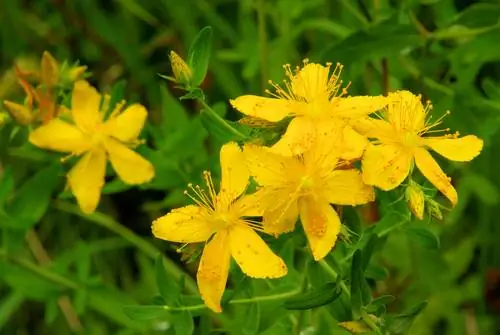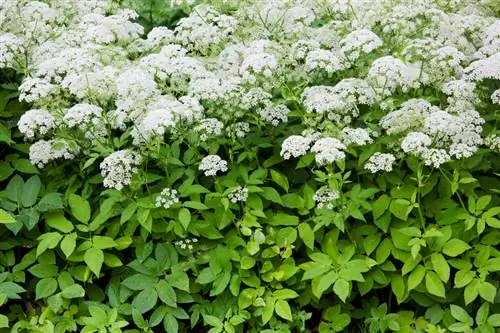- Author admin [email protected].
- Public 2023-12-25 17:45.
- Last modified 2025-01-23 11:22.
Sometimes it is not easy to recognize and identify a plant exactly. With a medicinal plant like valerian, the mix-up can be dangerous under certain circumstances. With this article we want to help you reduce the risk of confusion.
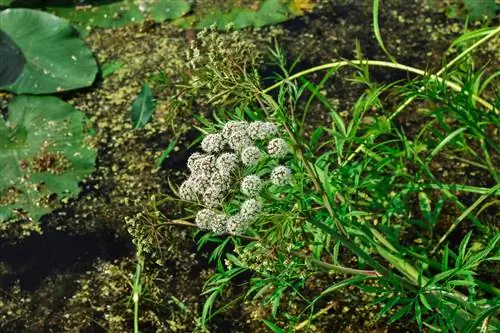
Is there a risk of valerian being confused with poisonous plants?
Yes. There is a real danger of confusing valerian with poisonous plants. However, by looking closely at the plant, especially the leaves, the danger can be easily minimized. The typical smell of valerian (like old socks) also helps.
How big is the risk of confusion with valerian?
If you look closely, the risk of confusion with real valerian (bot. Valeriana officinalis)is not very high, at most with other types of valerian. The elder-leaved valerian (bot. Valeriana sambucifolia) is particularly worth mentioning here; young plants can be easily confused. However, since all types of valerian are non-toxic, this is usually not a significant problem.
How is valerian easy to recognize?
Valerian is particularly easy to recognize by theleavesand thesmell. Essential oils, which are mainly concentrated in the valerian root, are responsible for the smell, which can be described as unpleasant. The leaves of real valerian are rich green and feathery. They consist of up to 23 lanceolate leaflets and the entire leaf is about 20 centimeters long. Other species have significantly fewer leaflets.
Which plants are similar to valerian?
In addition to various types of valerian, the following plants have a certain similarity to real valerian:
- Spotted hemlock (bot. Conium maculatum): low resemblance, smells like mouse urine, leaves triangular, two to four pinnates
- Dog parsley (bot. Aethusa cynapium): distant similarity, two to three pinnate triangular leaf blades
- Water hemlock (bot. Cicuta virosa)
- Dwarf elderberry (bot. Sambucus ebulus)
Since all of these plants are considered to be more or less poisonous, caution is advised when collecting them in the wild. However, this shouldn't play a role in your own garden, since you probably know where the valerian plant is.
Tip
Short profile of the real valerian
Given good site conditions, real valerian grows up to almost two meters high and around one meter wide. The lanceolate leaves are characteristically pinnate and usually slightly hairy. From May to August, white to pink panicle flowers appear, which attract numerous insects with their nectar. In contrast to the sweet-smelling valerian flower, the rhizomes smell very unpleasant.

